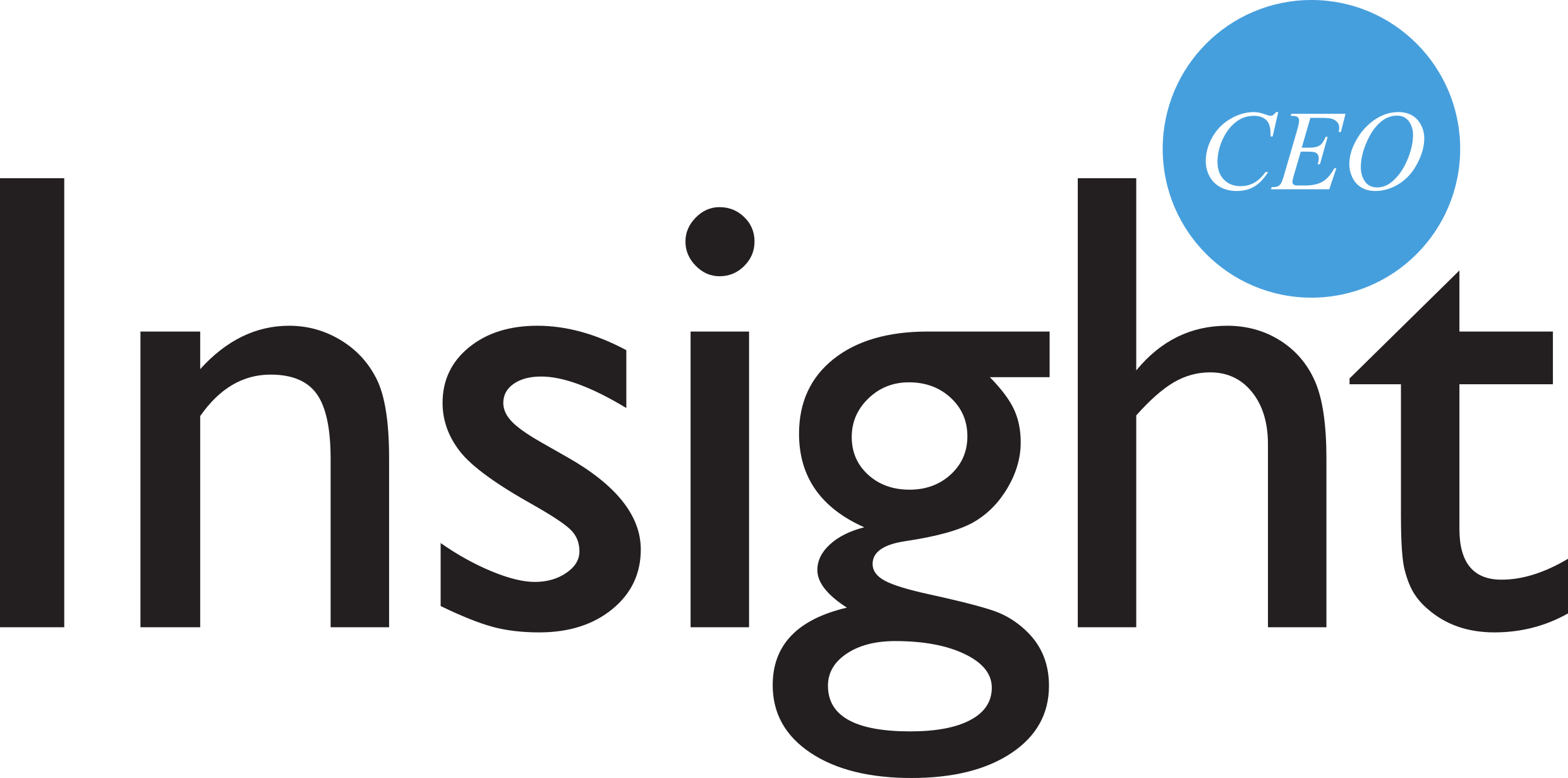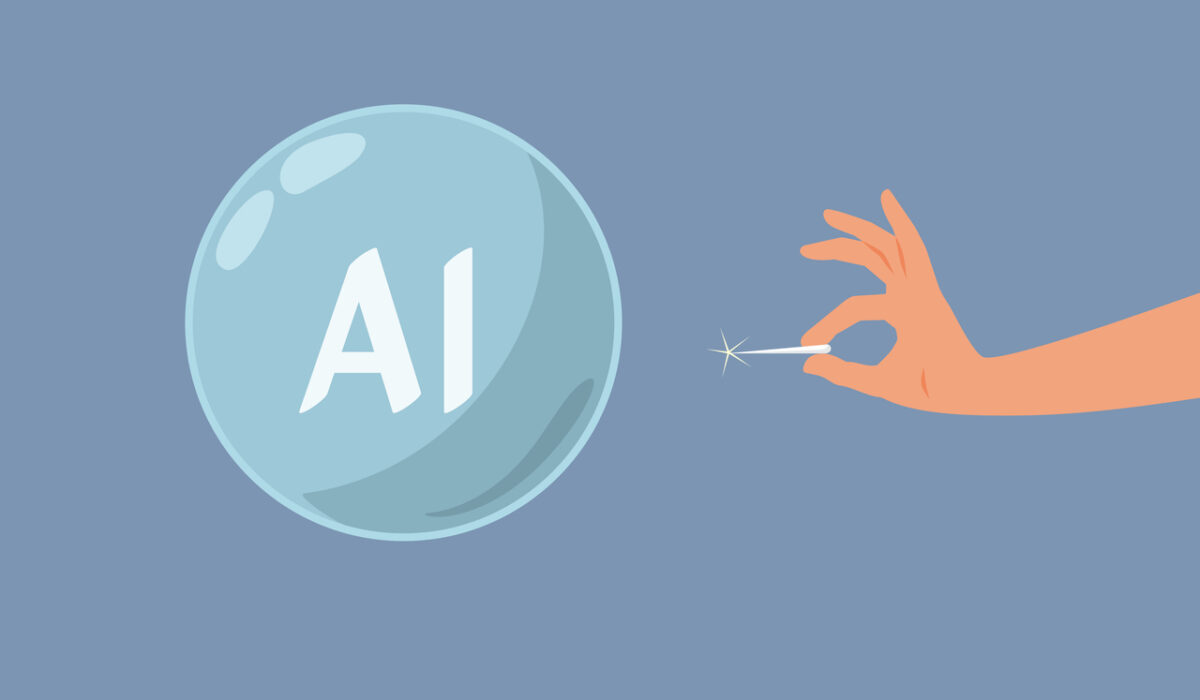Is There an AI Bubble and, if so, is it About to Burst?
Gartner has already predicted that over 40% of agentic AI projects will fail by 2027 due to rising costs, governance challenges, and lack of clear ROI.
The newest wave of generative and agentic AI is still very much in experimental stages for most businesses. True “Agentic AI” is an intelligent system that can act independently to assist, recommend, or even purchase on behalf of users.”
Right now, most businesses are looking to AI to increase efficiency gains, such as automating workflows or streamlining customer support. But those benefits often take years to show real returns and are hard to measure beyond time savings. So why has AI been embraced so fully in efficiency gains and customer support, but not in sales?
The trend of companies diving headfirst into AI projects or solutions mirrors patterns we have seen time and time again in previous tech bubbles, such as the dot-com era. However, AI in all its forms is merely a market correction rather than a complete collapse. While some projects may be cancelled, the underlying potential of AI remains strong.
“Ultimately, AI projects, whether built on hype or business value, need to address a real human need in order to be successful. Only the AI’s that bring ROI will survive.”
We also have to be transparent about what AI can and can’t do on its own. Users don’t expect magic, but they do expect honesty. Algorithms are highly valuable for sifting through data to inform decision making, but consumers want the engagement, intuitiveness and fluidity of human interaction as well.
AI should be taught by real people, so it can understand the nuances of human language, needs and emotions. Human annotation of AI-driven conversations can help to set clear benchmarks and refine a platform’s performance, leading to further optimisation opportunities.
What would the consequences be?
The AI projects that focus on efficiency gains and deliver unclear or delayed ROI will be the first to burst. Without clear measurement, these investments risk spiralling costs without boosting profitability.
Without clear value, AI efforts risk becoming costly experiments rather than profitable tools, draining budgets and stalling growth. As costs rise and measurable results lag, businesses will start pulling back on experiments that don’t directly contribute to growth or profitability.
We could see budgets tighten, startups close, and large enterprises re-evaluate their AI strategies. In other words, the hype would deflate. The brands that thrive will be the ones using AI to enhance human capability – not automate it away. Without empathy, transparency, and human insight, even the smartest AI is destined to fail.
How would that affect regular people?
For everyday consumers, a slowdown in AI could mean fewer innovations in personalised services for the short term – but also a chance for businesses to focus on quality over hype.
The next phase of AI isn’t just about smarter technology, but smarter ethics. This means giving consumers control and clarity over how their data shapes their services.

